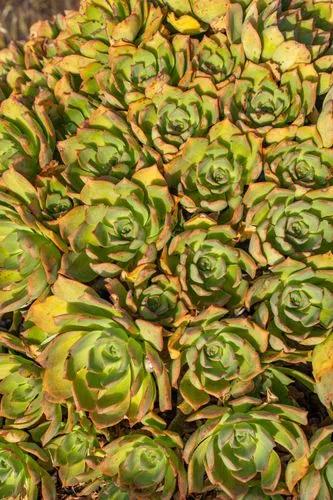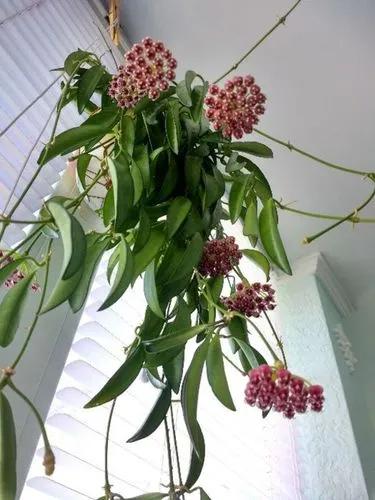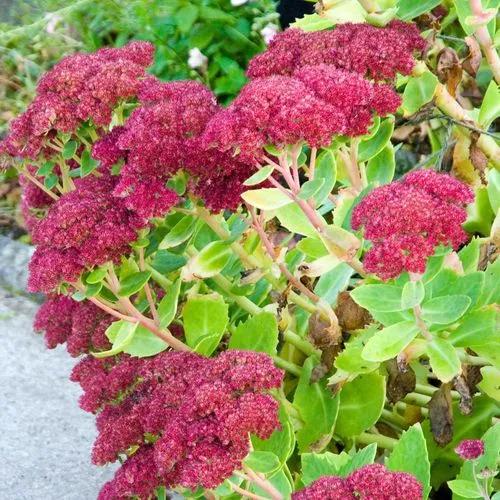Echeveria elegans, commonly known as Mexican Snowball, is a popular evergreen succulent that mounds or spreads slowly in tight colonies. Edges of leaves are slightly pink, producing equally pretty, small, pink flowers with a yellow tinge.
Echeveria Elegans Care
Echeveria elegans



Mexican Snowball is perfect as groundcover, part of a wedding bouquet, for rock gardens, green roofs or containers. Anciently, it was believed to drive away evil spirits. Echeveria spp. stem from thick-leaved rosettes. The leaves are fleshy and have a waxy cuticle on the exterior. Often the leaves are colored and a firm touch can mar the skin and leave marks. The Echeveria succulent plant is slow growing and usually doesn’t exceed 12 inches in height or spread. Native from Texas to Central America, the plants prefer desert conditions, but will tolerate periods of moisture as long as they are allowed to dry out before applying more water.
How to Care for the Plant

Water

There is no exact watering schedule for echeveria and other succulent varieties. This is because a time that it takes for a soil moisture to dry is dependent on a climate or environmental temperature. This means that, in summer, echeveria may need more frequent watering than in winter.

Pruning

Trim out dead and damaged leaves any time, pinching off or cutting off each of those leaves at its base. Avoid cutting into a plant's main stems or its crown, which is where its leaves and roots meet.

Fertilizer

Mix the recommended amount of liquid fertilizer and water in a watering can. Then simply pour the mix into the soil as if you're watering the plant.

Sunlight

Needs to be seated close to west or east facing window.

Soil

Loam soils are best for plant growth because sand, silt, and clay together provide desirable characteristics.

Propagation

Most Echeveria can be easily propagated from leaf cuttings, although a few are better from seeds or stem cuttings. To propagate a leaf cutting, place the individual leaf in a succulent or cacti mix and cover the dish until the new plant sprouts. Repot as needed, preferably during the warm season. To repot a succulent, make sure the soil is dry before repotting, then gently remove the pot. Knock away the old soil from the roots, making sure to remove any rotted or dead roots in the process. Treat any cuts with a fungicide. Place the plant in its new pot and backfill with potting soil, spreading the roots out as you repot. Leave the plant dry for a week or so, then begin to water lightly to reduce the risk of root rot.

Temperature

Protect the plants from freezing temperatures and store potted plants indoors in winter.

Container

Increase pot size by 2.5-5 cm (1 to 2 inches) in diameter for plants that are growing in pots 25.4 cm (10 inches) in diameter or less. For larger plants, those growing in pots greater than 10 inches in diameter, increase the pot size by 5 or 7.62 cm (2 or 3 inches) in diameter.

Popularity

24,768 people already have this plant 5,096 people have added this plant to their wishlists
Discover more plants with the list below
Popular articles






